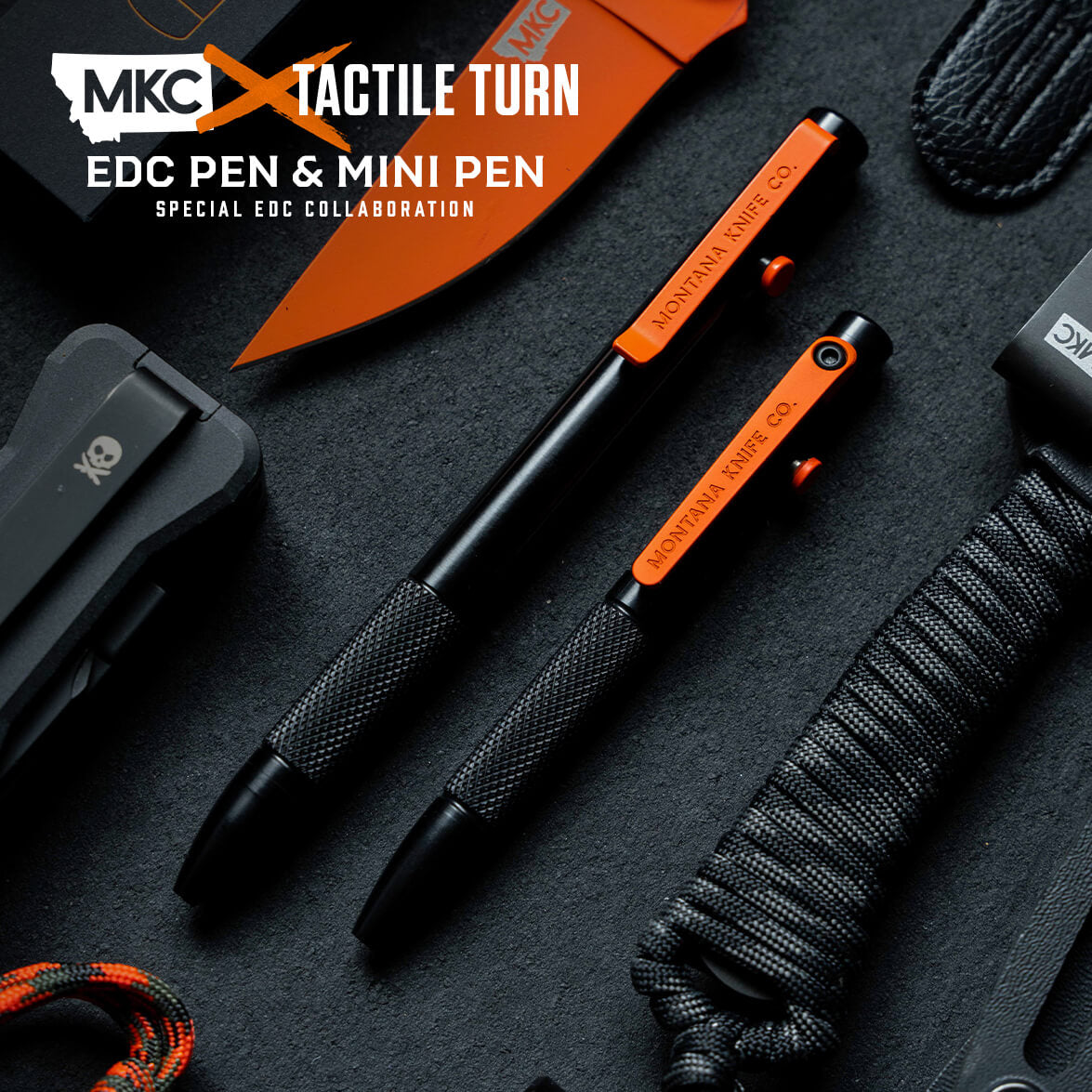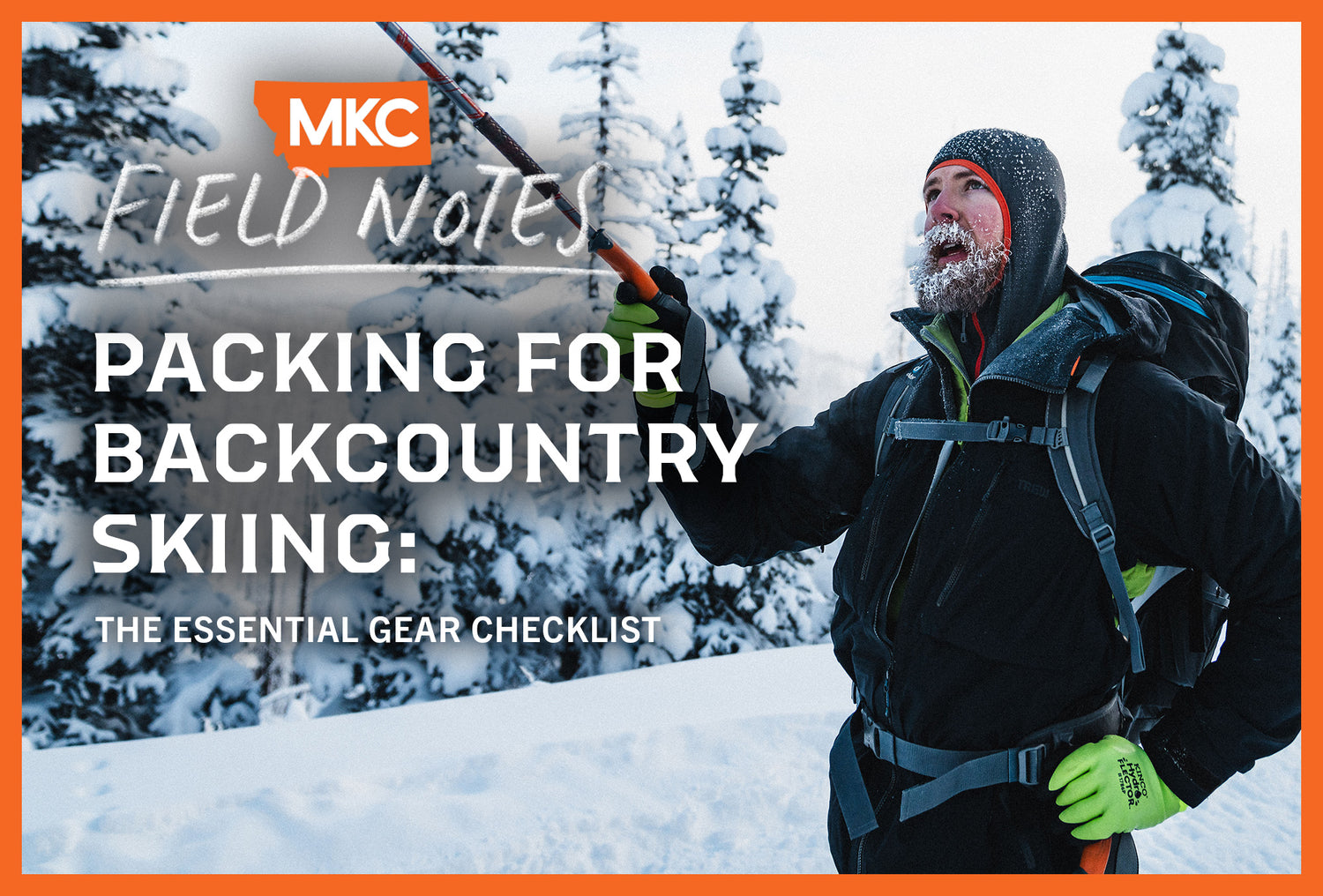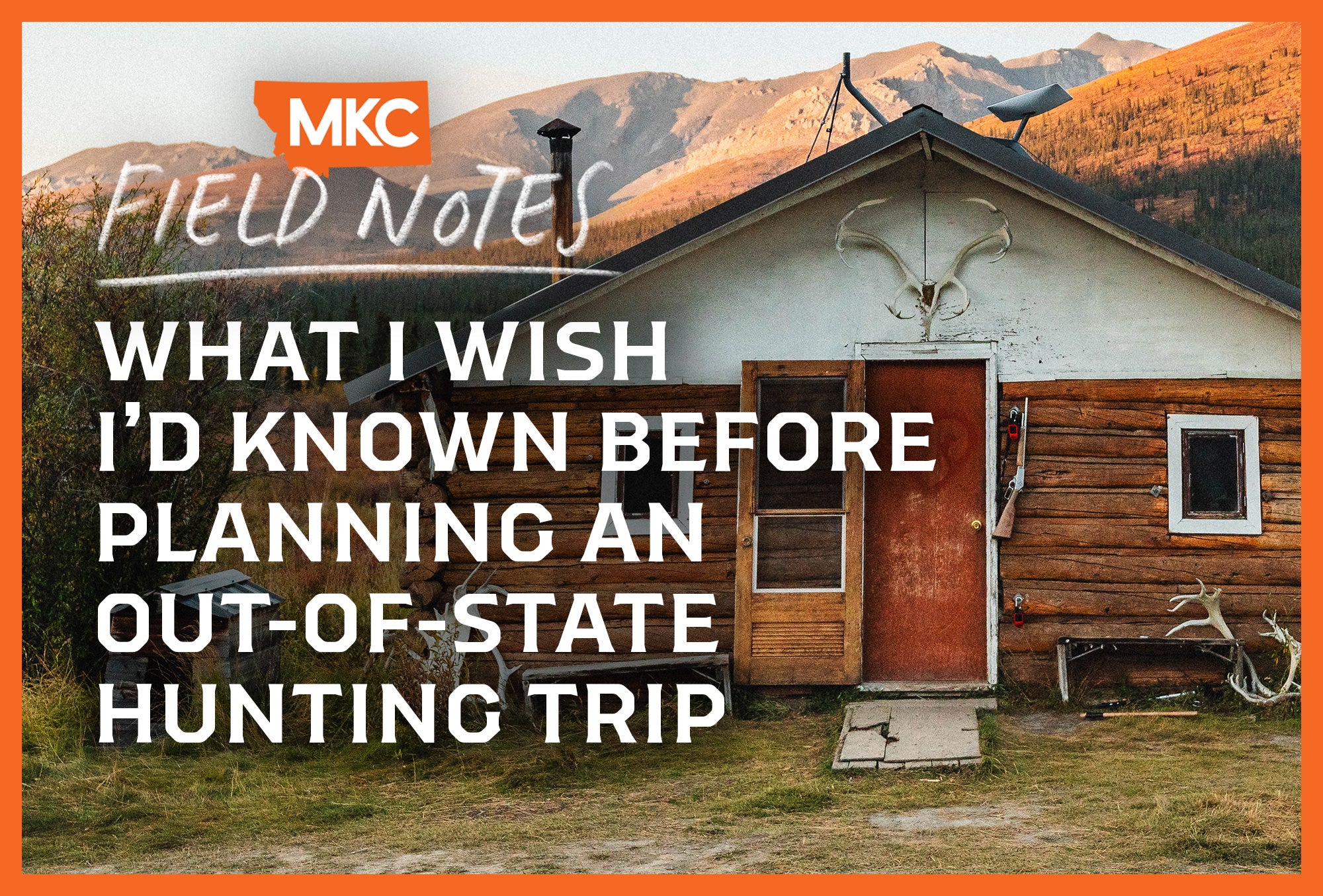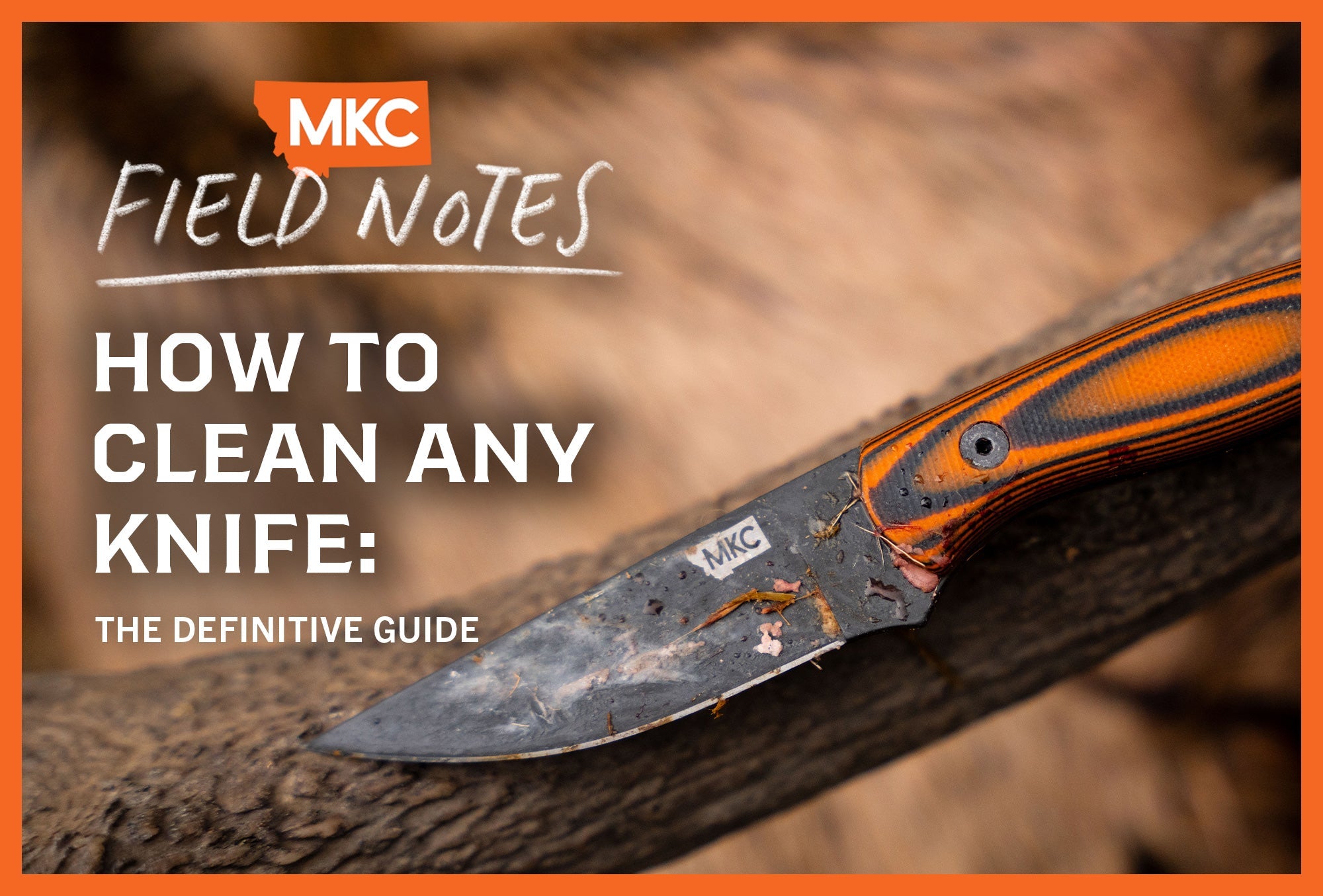I picked up skiing shortly after I started to walk. My dad was a professional snowboarder, so the second he had the chance to get me on skis, he did.
Montana’s backcountry skiing scene is one of the best in the nation. I do all my backcountry skiing there, with the exception of a trip to Idaho here and there.
As I’m sure you’re aware, skiing on snowy mountains comes with inherent risks. It’s important to know when conditions are poor and when moving forward is a bad idea. Beyond that, you can keep yourself safe by packing the best backcountry skiing gear.
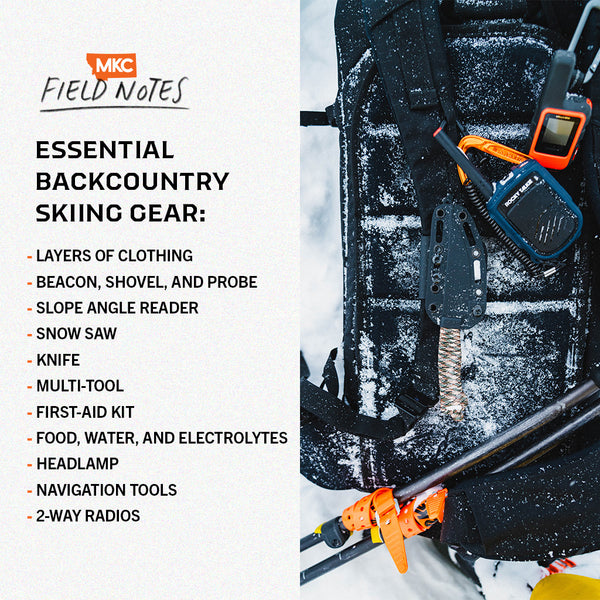
Nick’s Backcountry Ski Gear List
This list contains the practical safety equipment I always include in my pack. You’ll want to tweak it to your conditions and the length of your excursion, but consider it a good, basic framework. And this is simply a gear list, not a training on avalanche safety. I can’t stress enough how important it is to take avalanche training and always check conditions and reports before heading out. This can literally be the difference between life and death.
Layering
As far as clothing goes, a good layering system is key. Start with a neoprene base layer under snow pants. I also add down shorts in subzero weather. In warmer spring conditions, neoprene long underwear alone may suffice as a base layer.
On top, wear a lightweight, breathable mid-layer. Always carry a puffy jacket in your backpack for extra warmth, and top it off with a ski shell jacket for the cold descent.
Beacon, Shovel, and Probe
Include a tested beacon in your backcountry ski setup. If you’re unsure about your charge level, bring another set of batteries or pop in a fresh set before you leave.
Keep your beacon on your body, not in your pack. Test it before heading out with your skiing partner’s beacon in “search” mode to make sure it’s transmitting properly. Do the same for every single person in the group.
An avalanche shovel is another mandatory item when skiing in the backcountry. Mine is from the brand BCA (Backcountry Access).
Finally, bring a probe, which is similar to a collapsible tent pole. It unfolds into a large rod for cutting through snow.
A probe’s depth markings can help determine how far down someone is during a rescue event. A good probe can help you dig a pit for avalanche assessing, too, in combination with your shovel.
Your beacon, shovel, and probe should be your 1, 2, and 3 — the first three items you always have on your person when venturing into the backcountry.
Slope Angle Reader
I recommend bringing a physical slope angle reader device with you, but if you’d like to use an app instead, you can. Many apps provide a pretty good (albeit rough) slope angle approximation.
I find that a combination of both works best — the app is quick and easy, while the slope angle reader is good for double-checking.
Snow Saw
A snow saw is also helpful for avalanche tests. As you might guess, it allows you to cut through snow and helps determine where the weakest snow layers are.
Snow saws are different from knives and other portable saws. They’re designed specifically for cutting snow, and as such, they can’t replace a good all-purpose knife or multi-tool.
Knife
I always carry the MKC Speedgoat with my other backcountry skiing gear. I like the Magnacut version with the paracord handle — the Magnacut steel stands up to snow and water, and the seven-foot-long paracord handle comes in handy when you need to make a splint, a tourniquet, or even an emergency binding repair. It will at least be enough to help you get back to the car should something break.
I particularly like the Speedgoat because it can attach to my backpack’s shoulder strap. This keeps it easily accessible for overnight trips, cooking, and prepping firewood.
Multi-Tool
I like to bring a good multi-tool in addition to my Speedgoat. Pliers are useful out in the backcountry, and the other attachments come in handy often, too. It’s always better to have them and not need them than to need them and not have them.
First-Aid Kit
A good first-aid kit is a must-have out in the backcountry. I usually bring a two-day kit on day trips, but if I’ll be out longer, I upgrade to a three- or four-person kit. Bring a kit big enough to cover everyone on your excursion. You can never have too many first-aid supplies.
Water, Food, and Electrolytes
Even if you don’t plan to stay out for long, always bring food in case you get stranded. The amount you bring should depend on the intended length of your trip and the number of people with you. I like to bring enough for an extra day if I’m going on a day trip in case I need to wait out a storm under shelter.
Snacks
A good variety of snacks is always good to have on hand as well, outside of the food you can eat in the event you get stuck. I love granola bars or Cliff bars, salted nuts, jerky, an apple or banana, and you can never go wrong with some Oreos or even last night’s pizza. All of these taste better with a view of peaks in the high alpine. It goes without saying, but make sure to leave no trace and always pack out any trash or garbage that you bring with you.
Headlamp
Artificial lights are crucial when skiing in the mountains. I often start early and finish late, and dawn and dusk can get incredibly dark.
While I know people who bring flashlights instead, I always recommend bringing a headlamp. A good headlamp leaves your hands free, whereas a flashlight doesn’t (though it never hurts to bring both).
Navigation Tools
I use both the Garmin inReach and smartphone apps to track my location. OnX Backcountry is a great resource, as is FATMAP. Include both in your backcountry ski setup.
2-Way Radios
2-way radios are the best way to stay in touch with a buddy when you go down a slope one at a time. If you’re on a trip with more than two people, make sure everyone has a radio tuned in to the same channel. It’s convenient, and it may save a life.
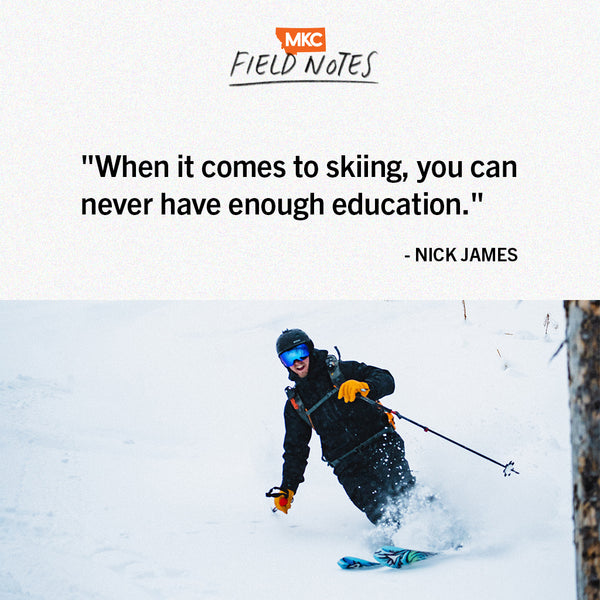
Final Thoughts on Backcountry Skiing Gear
The great thing about this backcountry ski gear is that it all fits in a standard day trip backpack. While this list might not qualify as “ultralight,” you’ll still have plenty of room to bring other items for longer trips and excursions.
I know I said it once already, but when it comes to skiing, you can never have enough education. Avalanche education, specifically, shouldn’t be taken lightly. This guide isn’t a replacement or substitute for real lessons, so I encourage anyone serious about backcountry skiing to do their due diligence before getting out there — and above all, have fun!
by Nick James, Marketing Manager at Montana Knife Company and Avid Adventure Photographer



























